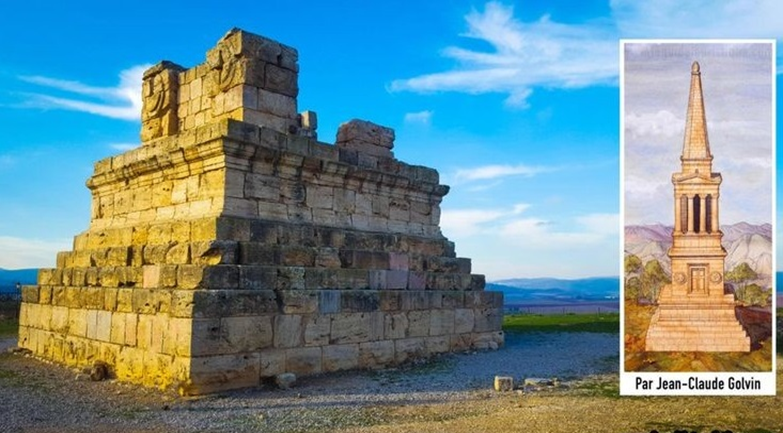Ancient Amazigh cities – Cirta, capital of Gaia and her son Massinissa

Cirta (current Constantine), the great capital of the “Numidian” Amazigh kings, was very famous in the Mediterranean world. Massinissa (son of Gaia) was known as a refined ruler wearing rich clothes and a crown, who gave banquets in his palace where the tables were laden with gold and silver dishes and where Greek musicians performed, according to Polish historian Tadeusz Kotula. He minted a coin and maintained a regular army and even a fleet, according to Cicero the Roman statesman.

Many foreigners settled in the cosmopolitan city; and there crossed Phoenicians (priests, artisans), Greeks (teachers, artists, soldiers in the service of the Numidian army) and Italian traders. The city was also a center of knowledge, and had symbolically received, from the Romans, the rich libraries of Carthage after its ruin and its fire.

The tomb of El-Khroub was intended for a single burial, its heroic aspect is underlined by shields carved on both sides of the false doors. It is generally attributed to Micipsa (son of Massinissa). The rendition proposed by Rakob presents it as "a slender, multi-storey tower almost 30 m high, crowned by a 9 m pyramid which supported, most likely, a bronze statue". Excavations revealed weapons and armour, a silver call horn and a medallion representing the god Neptune (Poseidon).
30km from Cirta, we find Tiddis , buried under the Roman site. There lie the remains of an authentic, very ancient Amazigh civilization. Excavations have brought to light bazinas ( Amazigh circular tombs), dated approximately to the 4th century BC. AD and. who delivered a large number of pottery whose decorations are still perpetuated today on Kabyle vases.
Kahina Oussaid-Chihani
Source : websites

